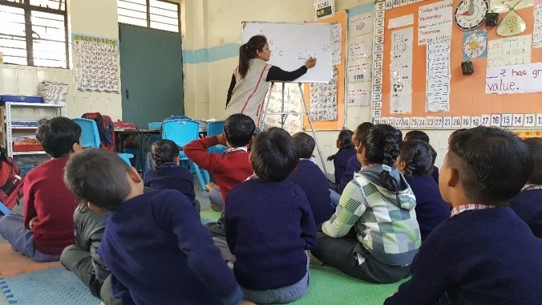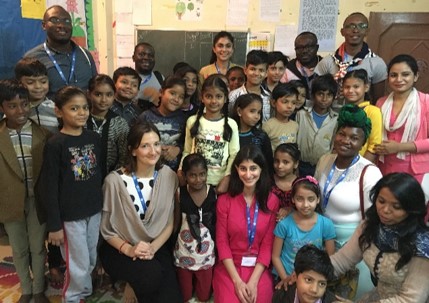The final report of a randomised controlled trial of Liberia’s flagship education reform has praised Rising Academies for producing “a consistently positive pattern of results across learning, access, and safety dimensions.”
The three year ‘gold standard’ evaluation of the Liberia Education Advancement Program (LEAP) found that students in Rising schools progressed more than twice as fast as children in comparable government control schools.
Rising also had a positive impact on student enrolment, retention and attendance. School management and child safety were also better in Rising schools than control schools.
IPA Preliminary Results Brief: https://www.poverty-action.org/sites/default/files/publications/Beyond%20Short-Term%20Learning%20Gains.pdf
An earlier report based on data from the first year of the program had highlighted Rising’s promising learning outcomes. Over the subsequent two years, Rising remained one of the top-performing operators, while expanding its program to reach six times as many students and cutting its unit cost by 75%.
IPA Preliminary Results Brief: https://www.poverty-action.org/sites/default/files/publications/Beyond%20Short-Term%20Learning%20Gains.pdf
The LEAP (formerly Partnership Schools for Liberia) program was launched in 2016 to test whether inviting third-party providers to run government schools could help tackle longstanding challenges with Liberia’s education system. In Liberia, which recently ranked fifth from bottom of the World Bank’s Human Capital Index, few education reform initiatives have been able to demonstrate significant effects at scale, and fewer still at a cost that is financially viable.
The evaluation, led by researchers Justin Sandefur of the Center for Global Development and Mauricio Romero of ITAM, concludes that the results of the experiment were mixed. The LEAP program overall helped raise learning outcomes, but more modestly and at a higher cost than originally hoped. There were also large variations between the seven different providers in academic effectiveness, cost, and their impact on the welfare of students and teachers.
Based on the track record Rising has built in the first three years of the LEAP program, this year the Government of Liberia has asked Rising to expand to 87 schools, serving more than 21,000 students across 8 counties.
Commenting on the report, Rising’s Managing Director in Liberia George Cowell said: “We’ve learnt a huge amount in our first 3 years in Liberia and are pleased that the evaluation confirms we are delivering strong results in partnership with the Ministry. We now have a foundation from which we can scale our offer to reach many more children.”
Notes for editors:
The Liberian Education Advancement Partnership (LEAP), originally known as Partnership Schools for Liberia (PSL), began in 2016 with 93 public schools, and has since expanded to an additional 101 schools. The model is similar to charter schools in the United States or academies in the United Kingdom. LEAP schools remain public schools, charge no fees, and are staffed by public school teachers, but each school is managed by one of eight private contractors. More info here: https://www.poverty-action.org/sites/default/files/publications/Beyond%20Short-Term%20Learning%20Gains.pdf
The LEAP program, formerly PSL, started with 8 operators in September 2016: https://www.cgdev.org/publication/can-public-private-partnership-improve-liberias-schools
Rising Academies started with 5 schools in Year 1 of the program: http://www.risingacademies.com/blog/liberiapsl. In Year 2, Rising expanded to 29 schools across 7 counties (Montserrado, Bomi, Grand Bassa, Rivercess, Sinoe, Maryland and River Gee) after receiving an “A-rating” by the MoE: http://www.risingacademies.com/blog/pslyear2. In Year 3, there was no expansion of the program due to the changing gov administration.
Rising achieved the highest learning gains in the midline report (July 2017) http://www.risingacademies.com/blog/pslrct.
Rising is a certified “B Corporation” http://www.risingacademies.com/blog/bcorp and began operations in Freetown, Sierra Leone, where the organisation runs low-cost private schools.
Contact: George Cowell, Managing Director
george.cowell@risingacademies.com
+231881983963










